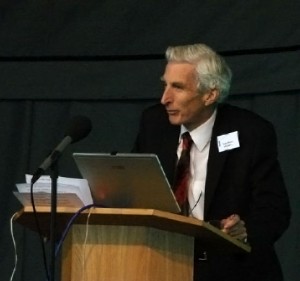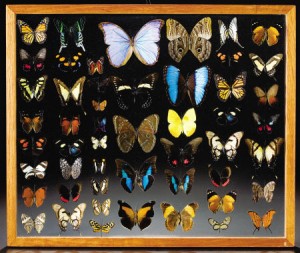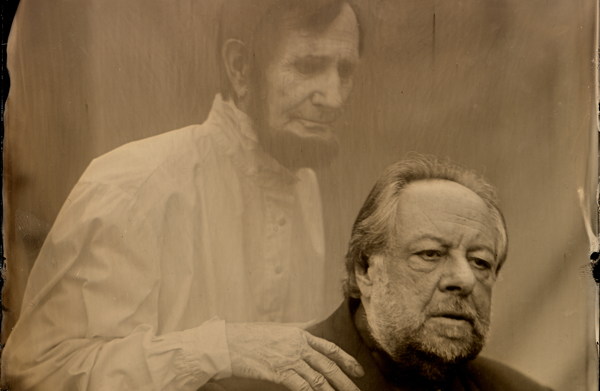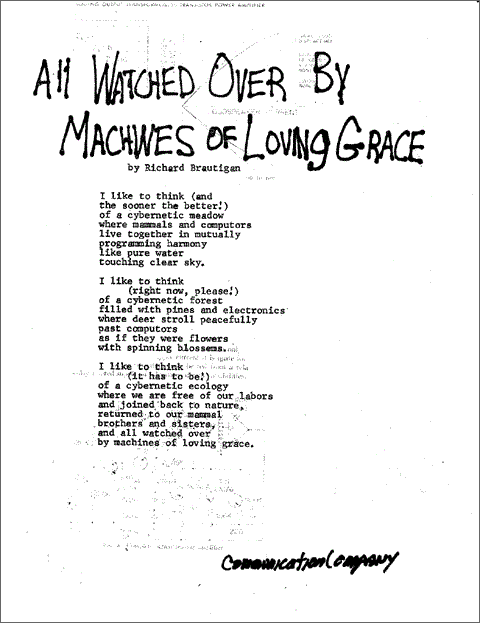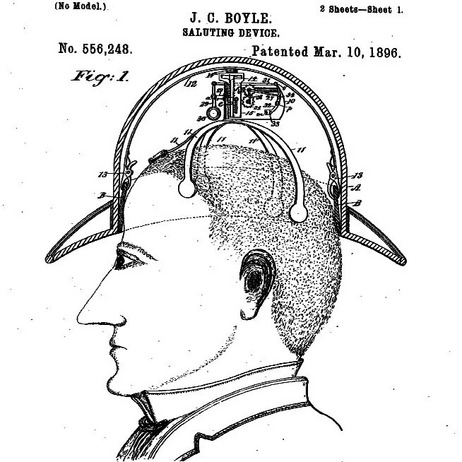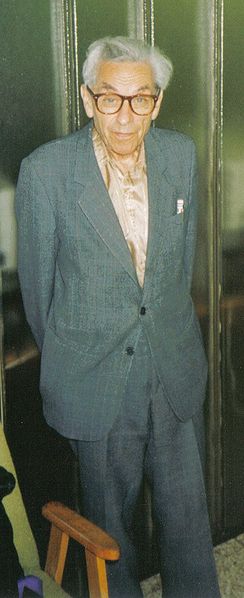
"The woman who received the valentine caused the arrest of the lady who is charged with sending it" (Image by Quentin Massys.)
Back in the nineteenth century when Valentine’s Day was still known as “St. Valentine’s Day,” sending a comic valentine was at least as likely as sending a sentimental one. A comic valentine was a card that had a grotesque illustration which mocked the recipient’s most obvious flaw (big ears, weak chin, prominent brow, etc.) and contained a rude and abusive poem. It was generally thought of as a middle-class tradition, but even high society got into the act sometimes. The excerpts below from a trio of Brooklyn Daily Eagle articles recall the nasty tradition, which not everyone appreciated.
••••••••••
“Making Valentines” (December 19, 1886): “The average citizen is not apt to receive a comic valentine descriptive of his principal fault or weakness with any degree of pleasure. He oftener gets mad and in some cases searches for the sender. McLaughlin Brothers’ factory in Brooklyn has, during the past ten months, turned out 15,000,000 comic and 5,000,000 sentimental valentines. With such advantages practical jokers and lovers will have plenty of material with which to work on February 14, Valentine’s birthday. The former prevalent custom of venting a petty spite by sending a comic valentine has comparatively died out in the eastern and Middle States. West of the Mississippi River the valentine has, however, a ready sale.”
••••••••••

"Cyra'nose' de Bergerac."
“The Comic Valentine” (February 21, 1899): “The right of people to amuse themselves at the expense of others is contested by one woman who resides in the aristocratic portion of the Fourteenth Ward. She received a valentine representing a person with a large nose, and accompanied by doggerel rhymes, together with manuscript additions of a reprehensible character. The lady that sent this gift had been obliged to move from her chateau on North First street at the request of her landlord, and she accused the recipient of the gift of hastening her departure. The woman who received the valentine caused the arrest of the lady who is charged with sending it, and the case has proceeded so far as to be adjourned. Right or wrong in the accusation, the refusal of a person to be amused by reflections on one’s nose will be commended in many quarters where the misfortunes of the arch-type of sufferers, Cyranose de Bergerac, are still unknown. In some quarters of the city the sending of valentines that are called comic has been as absolutely discontinued as the New Year call.”
••••••••••

Arrows in the butt. (Image by Martin van Maële.)
“Valentine Causes Murder” (February 14, 1900): “C.R. Stewart, grocer, died to-day from the effects of a shot fired by his son Louis, aged 19, in a quarrel over a comic valentine. The son, who is in jail, says he was protecting his mother from an assault made upon her last night by his father. Mr. Stewart had received an offensive valentine and had accused his wife of having sent it. She denied the accusation, and he attempted to assault her when the son fired the shot and afflicted the fatal wound.”

